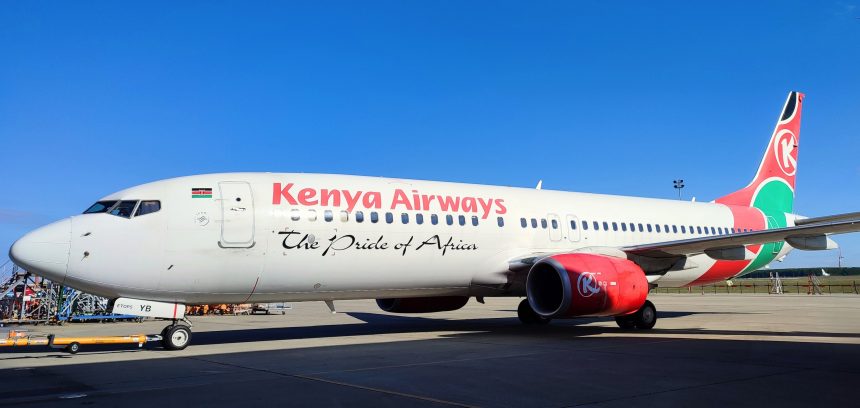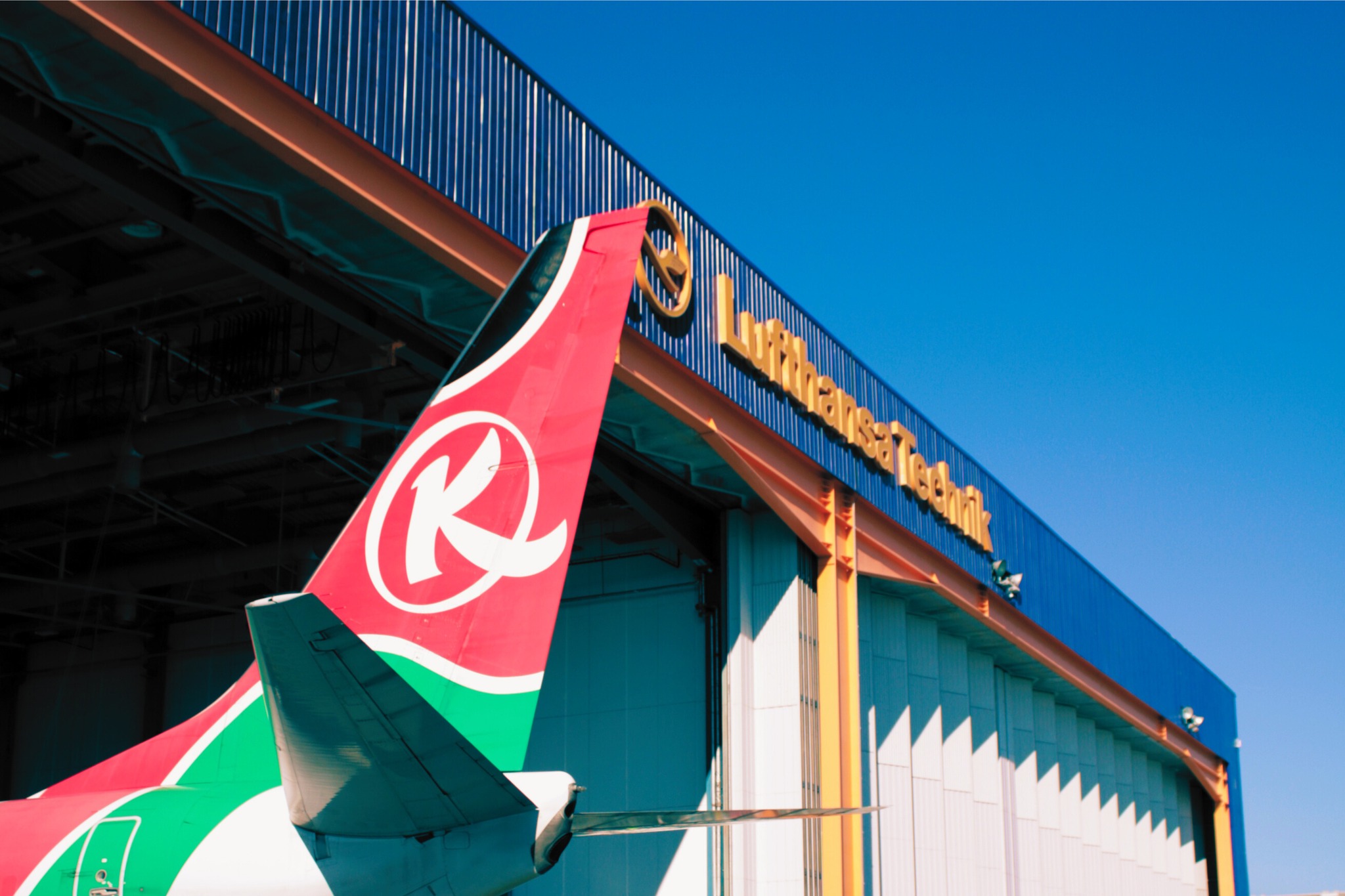Kenya Airways (KQ) is set to do away with Embraer and Bombardier aircraft from its fleet as it opts for Boeing planes as the company adopts mono fleeting.
Mono fleeting, a cost containment measure, aligns with KQ’s focus on optimising its fleet and network plan — a short to long-term strategy. So far, KQ has disclosed the exit of two Boeing B737-700 and two Embraer E190 jets.
“The board has approved that we move towards the Boeing aircraft. This is, however, going to happen progressively and not in one shot because we don’t want to overheat,” said CEO Allan Kilavuka last week.
Mono fleeting has been tipped to ease KQ’s fleet operational maintenance and training costs on crew and engineers.
“Mono fleeting simplifies our fleet and brings more commonality to the type of airline that you fly. This helps with training and planning and reduces costs in terms of the crew you need and spare parts costs,” he said.
The switch from Embraer would allow Kenya Airways to operate sizeable craft with aircraft types being deemed as too small.
In 2022, KQ operated 39 aircraft, both owned and leased, including nine Boeing 787 wide-body jets.
Additionally, the carrier operated eight Boeing 737 narrow-body jets, 13 Embraer regional jets and two Boeing 737 freighters and seven Bombardier Dash 8-400 jets.
The gradual move to mono leasing is expected to complement KQ’s recent restructuring of lease rentals to ultimately reduce lease ownership costs.
Last year, KQ restructured lease rentals with 10 out of 12 lessors and achieved an average lease reduction of 22 percent across the fleet.
During the same period, the company agreed to extend sublease agreements for three Boeing B777-300ER craft until they are 12 years old.
The period also marked the return of two leased Embraer E190s on the expiry of their leases.
KQ fleet ownership costs stood at Sh17.6 billion in the year ended December 2022 from Sh16.6 billion in 2021 but were lower than the Sh28.6 billion posted at the end of 2020.
The carrier’s fleet costs include short-term lease expenses, depreciation and impairment of aircraft and related equipment, amortisation of right of use and return condition and variable lease expenses.
Depreciation and amortisation made up the bulk of KQ leasing costs in the year to December.
The airline’s current fleet has an average age of 10 and is deemed to be fuel-efficient.
From 2021, the management of KQ says it has achieved an 18 percent reduction in aircraft rental obligations including savings of about Sh281 million ($2 million) per month, and a reduction of Sh3 billion ($21 million) in the outstanding lease deferrals.
KQ has terminated leases to two 777-300 ERs and is in negotiations to terminate leases for two sub-leased 777-300ER aircraft.
Mono leasing is part of a project known as Project Kifaru from which KQ hopes to emerge from.
The project will nevertheless be made or broken by the ability of the carrier to attract a strategic investor to ensure that KQ is substantively capitalized to soar again.
KQ’s debt load which was estimated at Sh189.3 billion ($1.347 billion) as of May 31 is nevertheless expected to impact the company’s ability to source for the strategic investor.
Read: Sh187.7bn debt unnerves investors in KQ equity stake sale
The tapping of the investor will allow KQ to undertake a comprehensive debt and capital restructuring to ensure the airline’s obligations are sustainably met going forward.




